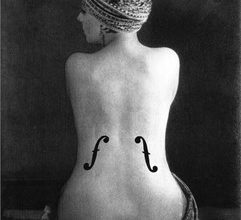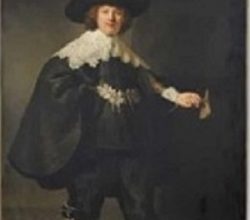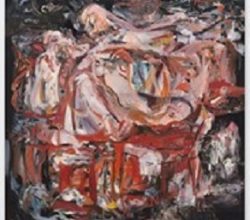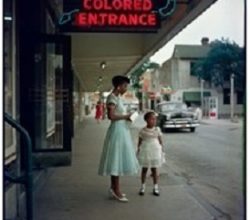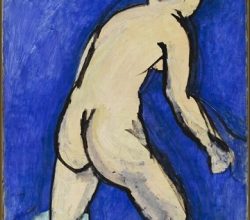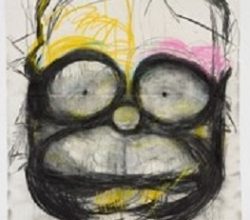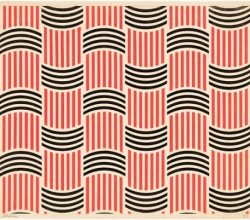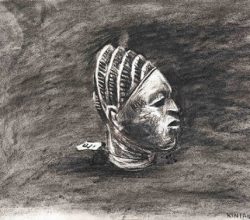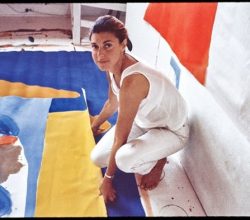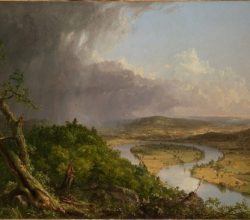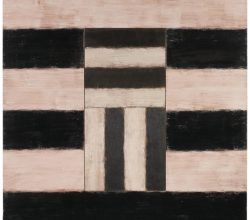
Sean Scully: Passenger – A Retrospective
Staff | Hungarian National Gallery | 14th October 2020
Scully’s most acclaimed paintings depict richly coloured blocks and stripes. Those colours, plus Scully’s gestural painting style, give a sense of “geological compression” that makes the works seem both new and old. Scully says he is aiming for abstraction that is “more expressive and that relates to the world in which we live”. Most reviews of this show are truly horrible, some almost unreadable. The linked piece is okay – just – but does have great images.


